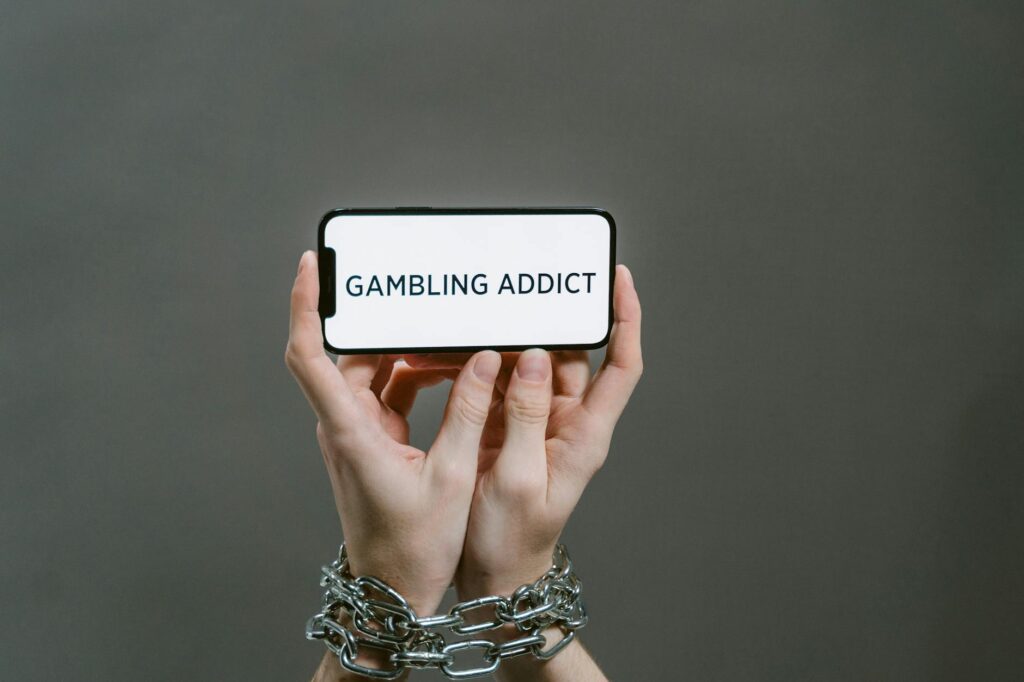What is device addiction prevention?

What is device addiction prevention?
In today’s fast-paced digital world, our devices have become extensions of ourselves. Whether it’s smartphones, tablets, or laptops, our reliance on technology shapes how we communicate, work, and even relax. But with this convenience comes a significant challenge: device addiction. Understanding and preventing this addiction is crucial for maintaining our mental well-being and productivity.
Understanding Device Addiction
Device addiction refers to the compulsive use of digital devices, leading to negative consequences in an individual’s life. This phenomenon has grown increasingly prevalent in our society, with many people struggling to detach from their screens. According to research, a significant portion of the population exhibits symptoms of addiction to their phones, often spending hours scrolling through social media or playing games. This addiction can create a cycle of dependency that affects overall mental health and social interactions.
Signs and Symptoms of Device Addiction
Recognizing the signs of device addiction is the first step toward prevention. Some common indicators include:
- Constant Checking: Feeling the urge to check your device frequently, even when you don’t receive notifications.
- Neglecting Responsibilities: Allowing device usage to interfere with work, family, or social obligations.
- Increased Anxiety: Experiencing discomfort or anxiety when separated from your device.
- Physical Symptoms: Suffering from eye strain, headaches, or disrupted sleep patterns due to prolonged device use.
If you notice these signs in yourself or someone close to you, it may be time to explore the concept of device addiction more deeply.
Impacts on Daily Life
Device addiction can severely affect both personal and professional aspects of life. In personal relationships, excessive device usage can lead to feelings of isolation and disconnect from family and friends. Professionally, it can result in decreased productivity, as attention spans shorten and distractions grow. Additionally, the mental health implications are significant, with studies linking high device usage to anxiety, depression, and decreased overall well-being. For further insights, check out HelpGuide’s article on smartphone addiction.
The Importance of Device Addiction Prevention
Preventing device addiction is essential for fostering a healthy lifestyle. With a balanced approach, we can enjoy the benefits of technology without letting it control our lives.
Benefits of Preventing Device Addiction
Implementing device addiction prevention techniques can lead to numerous positive outcomes:
- Improved Mental Health: Reducing screen time can alleviate anxiety and depression symptoms.
- Enhanced Productivity: By setting boundaries, you can focus better on tasks without distractions.
- Stronger Relationships: Spending quality time with loved ones leads to better connections and communication.
Long-term Effects of Device Addiction
Failing to address device addiction can have long-lasting consequences. Over time, individuals may experience chronic stress, lower emotional stability, and poor sleep quality. The cumulative effect often leads to diminished cognitive abilities and an overall decline in mental health. To dive deeper into the implications of device addiction, consider reading Psych Central’s analysis.
Strategies for Device Addiction Prevention
Fortunately, there are actionable techniques that can help break the cycle of device addiction.
Setting Boundaries with Device Usage
Establishing clear boundaries on when and how long to use devices is critical. Here are some tips:
- Create Device-Free Zones: Designate specific areas in your home, such as the dining room or bedroom, where devices are not allowed.
- Set Time Limits: Use apps to monitor and restrict your screen time. Aim for specific daily limits, reducing them gradually if necessary.
- Schedule ‘Tech-Free’ Times: Allocate specific hours each day to unplug from devices, allowing for uninterrupted time with family or relaxation.
Incorporating Digital Detox Periods
Engaging in digital detox periods can help reset your relationship with technology. Here’s how:
- Plan Regular Breaks: Set aside part of your day or week for a complete digital detox. Use this time to engage in physical activities or hobbies that don’t involve screens.
- Mindful Tech Usage: When you do use your devices, practice mindfulness. Be aware of how long you’re spending on them and what you’re engaging with.
Developing Healthy Habits
Replacing device usage with healthy alternatives can be transformative:
- Pursue Hobbies: Engage in activities like reading, cooking, or exercising. This shift can be fulfilling and reduce the urge to check devices.
- Connect with Nature: Spend time outdoors to disconnect from technology and engage with your surroundings.
Resources for Device Addiction Prevention
Several tools and communities can support your journey towards device addiction prevention.
Apps for Monitoring Device Usage
There are several applications designed to help track and limit screen time. Some popular options include:
- Moment: This app tracks your device usage and helps you set daily limits.
- Forest: A unique app that encourages you to stay off your phone by planting virtual trees, which grow as you stay focused.
Support Groups and Online Communities
If you’re seeking support, numerous resources are available:
- SAMHSA’s National Helpline: A confidential service that provides information and referrals for addiction treatment. More details can be found on their official website.
- Online Communities: Websites like Addiction Center offer insights and support for those struggling with device addiction.
Conclusion and Call to Action
In conclusion, device addiction is a pressing issue that can impact our productivity, relationships, and mental health. By understanding the signs, recognizing the implications, and implementing prevention strategies, we can reclaim our time and focus. I encourage you to take proactive steps toward device addiction prevention. Set boundaries, embrace digital detoxes, and develop healthier habits today. Your well-being will thank you for it!

Photo by Tima Miroshnichenko